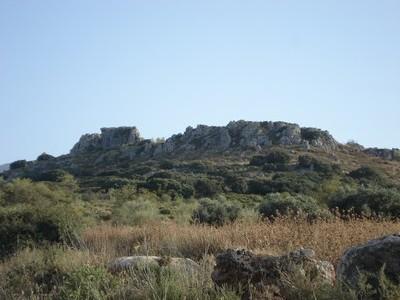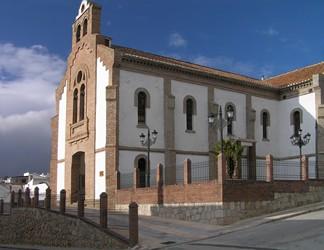Periana

The village, which is famous for the excellent peaches and olive oil produced on its land, lies in the foothills of the Sierra de Alhama, near Zafarraya Gap, on gently sloping terrain which descends into the Vélez region, with La Viñuela Reservoir providing its surroundings with an attractive touch of colour.
Its municipal origins date back to 1761, though the village was partially destroyed by the 1884 earthquake. Its only monument of note is the Neomudejar-style San Isidro Church.
History
Many archaeological remains have been found in the area – remains from the Neolithic period in the place known as Alcolea Hill, and cave paintings in the Marchamonas rock shelter.
Traces of the presence of Roman colonisers from the Later Roman Empire have also been found.
The Moorish period was famous for the use of sulphurous waters as medicinal baths. There are still remains of this period in the Vilo Baths, which were used until the 19th century.
Periana was considered a municipality in 1791 when the San Isidro Labrador shrine became a parish church and the town no longer depended on Riogordo.
Another historically important event in the municipality, which the elderly remember sadly, is the serious earthquake that happened on 25 December 1884. The epicentre was in the Sierra Tejeda Mountains and the quake devastated most of the north of the Axarquía region. Periana was the most gravely affected town by what was known as the Earthquake of Andalusia. 58 people lost their lives and most of the town’s buildings were destroyed. According to the reports, the rescue operations to help the victims proved to be very difficult. On 10 January 1885, King Alfonso XII visited the affected area and showed interest in the people's problems. He helped to collect the money needed to support many people who had lost all their possessions overnight.

- Max 17
- Min 10
- Max 62
- Min 50
- °C
- °F










